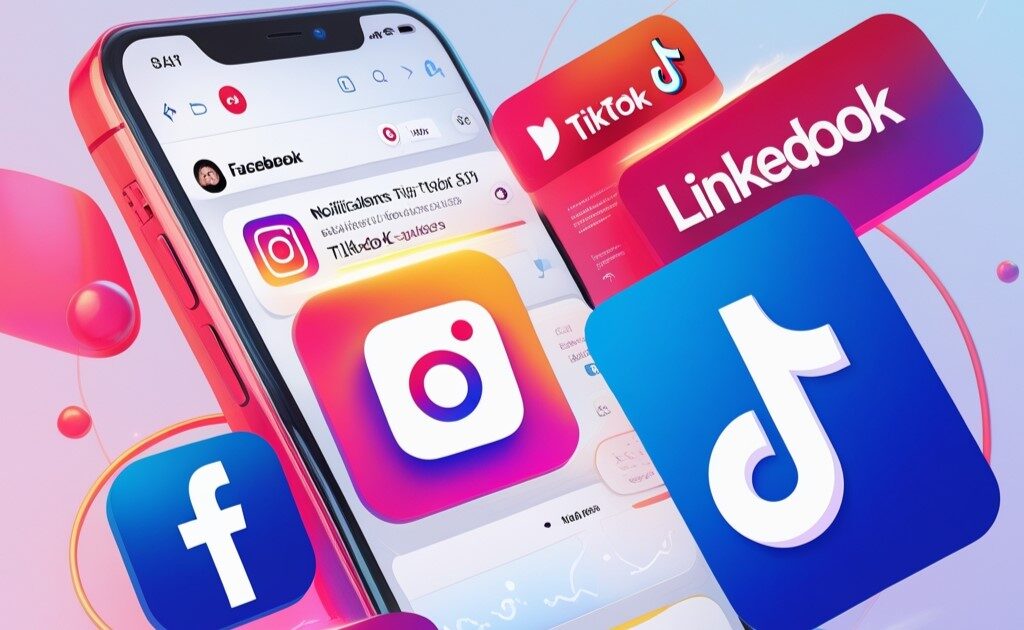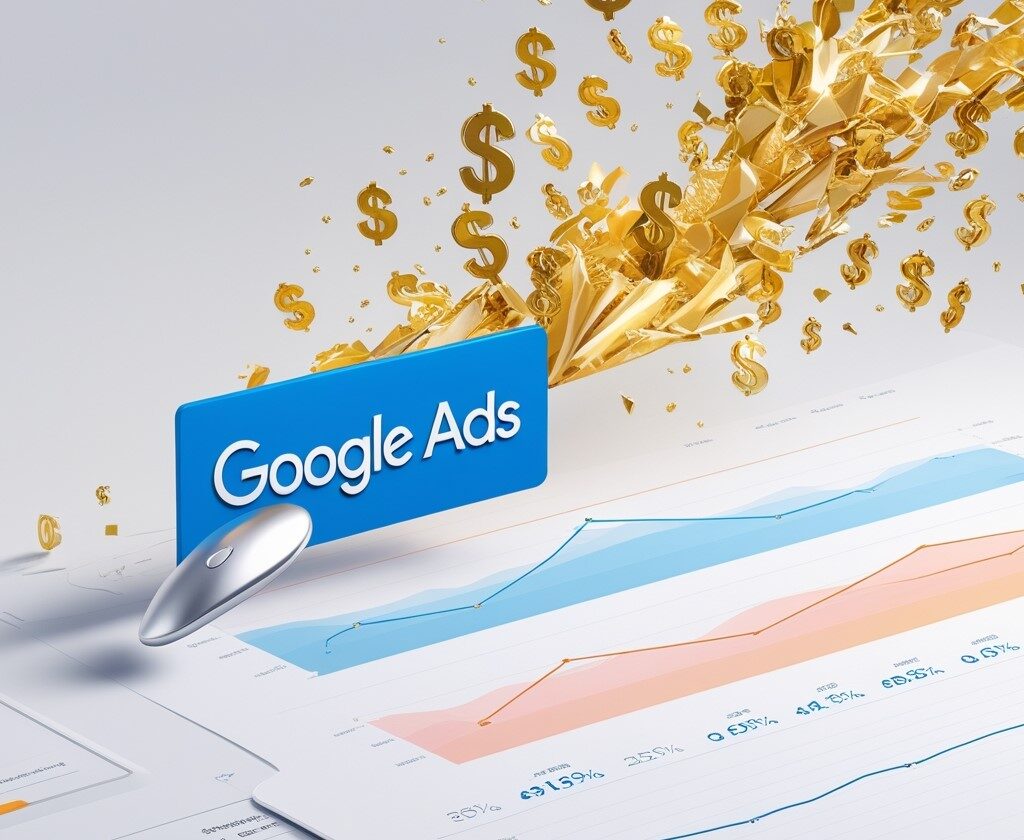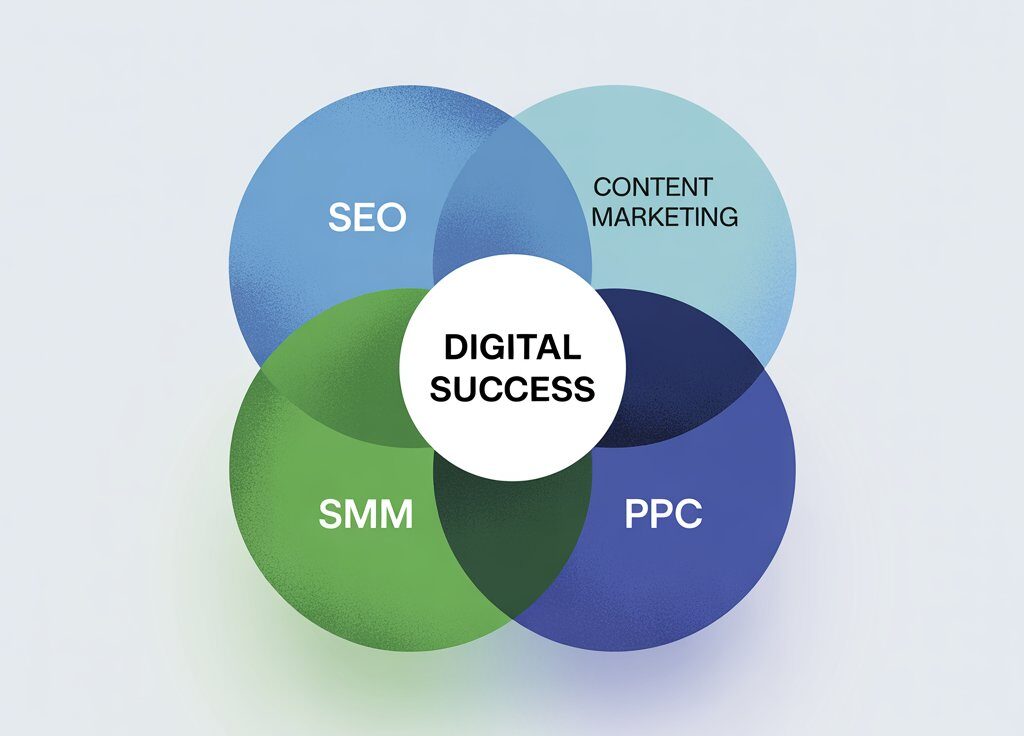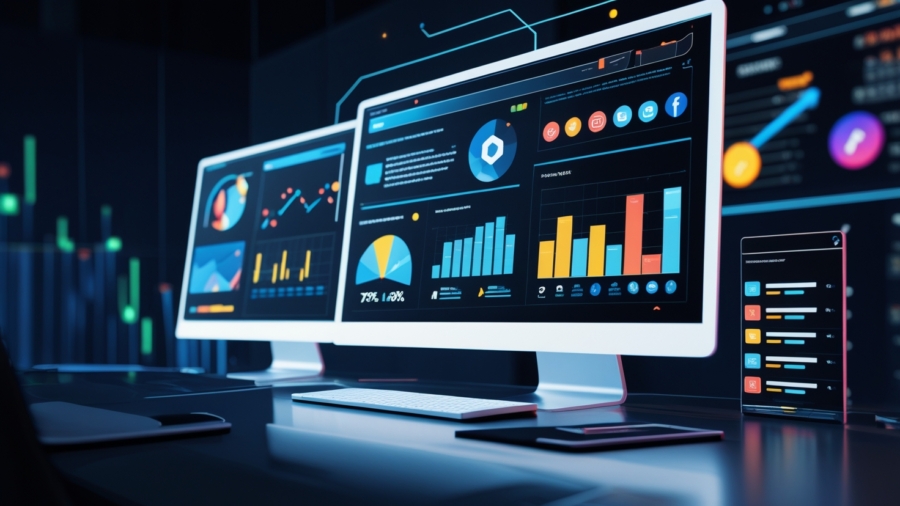Introduction
What Is Digital Marketing?
Digital marketing is all about promoting products or services through digital channels—think websites, social media, emails, and search engines. If traditional marketing is your storefront sign, digital marketing is your online billboard, shop, and megaphone rolled into one.
Why Digital Marketing Matters Today
Let’s face it—we’re glued to our screens. Whether it’s scrolling through Instagram or Googling “best tacos near me,” our behavior has gone digital. And businesses that don’t follow us there? They risk becoming invisible.
1. 🔍 Search Engine Optimization (SEO)

What is SEO?
SEO is the secret sauce behind getting your website found on Google. When someone searches for something related to your business, you want to show up first—not buried on page 10.
On-Page SEO
This is about optimizing content on your website—like titles, meta descriptions, headers, and using the right keywords.
Off-Page SEO
Here, it’s about building credibility outside your site—through backlinks, social shares, and brand mentions.
Technical SEO
This is the geeky part—site speed, mobile responsiveness, indexing, and structured data. Basically, making sure search engines love your website’s backend.
Benefits of SEO
- Drives long-term, organic traffic
- Builds credibility and trust
- Offers great ROI (if done right)
Common SEO Tools
- Ahrefs
- SEMrush
- Google Search Console
- Yoast SEO
2. ✍️ Content Marketing

What is Content Marketing?
“Content is king,” remember? Content marketing is all about providing valuable, relevant info that solves problems and builds trust—before pitching your product.
Blog Posts
Great for SEO, thought leadership, and answering your audience’s burning questions.
Video Content
From YouTube tutorials to TikTok tips—videos are highly engaging and shareable.
Infographics and Visuals
People process visuals 60,000 times faster than text. Enough said.
Why Content Marketing Works
You’re not selling—you’re helping. And in return, you earn trust, leads, and conversions.
Content Distribution Channels
- Email newsletters
- Guest blogging
- YouTube, LinkedIn, Medium
- Podcasts and webinars
3. 📱 Social Media Marketing (SMM)

What is Social Media Marketing?
SMM is where your brand gets to be social—connecting with people where they already hang out: Facebook, Instagram, Twitter, TikTok, LinkedIn, and more.
Organic vs Paid Social
- Organic: Free, but slower—posting content, engaging with followers.
- Paid: Fast, targeted exposure via ads.
Popular Social Media Platforms
- Facebook: Great for communities & ads
- Instagram: Visual storytelling
- LinkedIn: B2B powerhouse
- TikTok: Gen Z’s playground
Key Benefits of SMM
- Humanizes your brand
- Builds communities
- Drives traffic and conversions
- Offers deep audience insights
How to Create an Engaging Social Strategy
- Know your audience
- Post consistently
- Use storytelling
- Engage back: reply to comments & DMs
- Analyze performance
4. 💰 Pay-Per-Click Advertising (PPC)

What is PPC?
PPC is a model where you pay each time someone clicks your ad. It’s like renting space on the first page of Google or in users’ feeds.
Google Ads
Search ads, shopping ads, display banners—it’s Google’s playground, and it works beautifully with intent-based traffic.
Facebook & Instagram Ads
Highly visual, perfect for targeting specific interests and behaviors.
LinkedIn & Other Platforms
Best for B2B and professionals; niche but powerful.
How PPC Works
You bid on keywords, set your budget, write your ad, and voila—your site pops up right where people are looking.
Budgeting and ROI in PPC
- Set clear goals
- Test multiple ad sets
- Monitor cost-per-click (CPC) and return on ad spend (ROAS)
- Adjust constantly

How the 4 Types Work Together
Creating an Integrated Digital Strategy
SEO brings organic traffic. Content keeps them engaged. Social media builds trust. PPC gives quick wins. Together, they’re unstoppable.
Real-Life Example of a Blended Campaign
A fitness brand:
- Blogs about workouts (Content + SEO)
- Shares tips on Instagram (SMM)
- Runs Facebook ads for a new product (PPC)
- Optimizes site speed and mobile usability (Technical SEO)
⚠️ Common Mistakes to Avoid
Ignoring Mobile Optimization
Most users are on their phones. A clunky mobile experience is a conversion killer.
Skipping Data Analysis
If you’re not tracking, you’re guessing. Use analytics to refine your strategy.
Inconsistent Branding
Different logos, colors, or messages across platforms? That confuses people and hurts trust.
🚀 Future Trends in Digital Marketing
AI & Automation
From AI copywriting to chatbot support—automation is making marketing smarter and faster.
Voice Search
“Hey Siri, where can I get good sushi?” Optimize for how people speak, not just type.
Interactive Content
Polls, quizzes, and live videos turn passive viewers into active participants.
Conclusion
Digital marketing isn’t just one thing—it’s a toolbox. And inside that box, the four essentials are SEO, Content Marketing, Social Media Marketing, and PPC. When used smartly (and together), they help you reach more people, build real relationships, and grow your brand online. Whether you’re a newbie or a seasoned pro, these four pillars are your path to digital success.
Want To know more about how to website develop and grow? Click here
FAQs
1. What is the most effective type of digital marketing?
It depends on your goals and audience. SEO is great for long-term growth, while PPC is best for quick results. Ideally, combine all four for the best results.
2. Can small businesses afford digital marketing?
Absolutely! Start small with organic content and SEO, then scale with paid ads once you see traction.
3. How do I choose the right digital marketing type?
Know your audience and objectives. Want fast sales? Try PPC. Want authority and traffic over time? Focus on SEO and content.
4. Is SEO better than PPC?
Not better—just different. SEO is a marathon. PPC is a sprint. Use both strategically based on your budget and timeline.
5. How long does it take to see results?
SEO and content can take 3–6 months. PPC and social ads can show results in days. Be patient and persistent.
